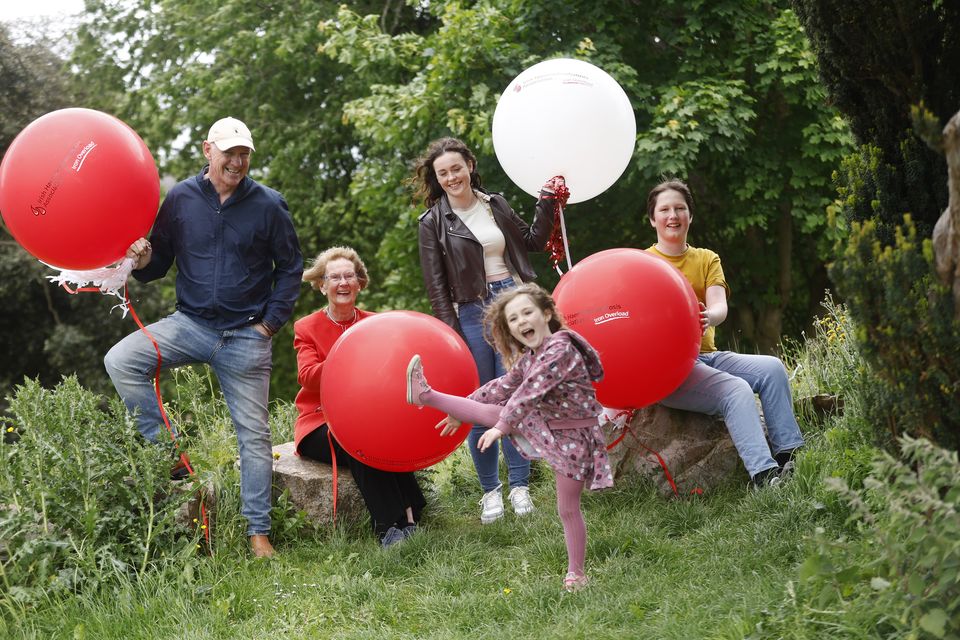‘It’s so easy to overlook symptoms,’ says student (19) diagnosed with potentially fatal ‘Celtic curse’
Publicity is being raised ahead of World Haemochromatosis Awareness Week. The condition affects thousands of Irish people and symptoms can include chronic fatigue and abdominal pain
Nursing student Jessica Byrne knew she stood a good chance of inheriting the medical condition known as the “Celtic curse”.
Haemochromatosis, also known as the Celtic gene because it is more common in countries such as Ireland and Scotland, is a stealth disease.
Around 20,000 people in Ireland have the condition but are undiagnosed.
It is caused by iron overload and, if left untreated, can lead to organ damage and premature death.
Ms Byrne (19), who is studying at Trinity College Dublin, said: “My dad has haemochromatosis, so I knew to get tested.”
She recently found out she also has the disease. “It is so important for everyone to be aware of what haemochromatosis is,” she added.
“It’s so easy to overlook symptoms that can affect your studies and ability to enjoy life. Some of the symptoms that I experienced included chronic fatigue, joint pain and diabetes.
“The positives are that I can now bring my understanding of managing a life-long condition and living a full life to my future nursing career.
Read more
“Although common, with one in five carrying the gene and one in 83 predisposed to developing it, it still has a low profile.”
Ms Byrne was speaking as the Irish Haemochromatosis Association began raising awareness of the disorder and the need for early diagnosis. Next week is World Haemochromatosis Awareness Week.
Symptoms range from chronic tiredness and joint pain to abdominal pain and irregular heartbeat. It can be diagnosed through a series of blood tests.
Dr John Ryan, consultant in hepatology and gastroenterology at Beaumont Hospital Dublin, said: “When an individual has the affected gene, iron can build up in the body, potentially damaging the liver, heart and other organs.
“If haemochromatosis is identified at an early stage, it is easily treatable through venesection (phlebotomy).
“Since 2019, many patients can also donate blood through the Irish Blood Transfusion Service, where their blood is desperately needed.
“So, finding people with haemochromatosis and allowing them to donate blood is a win-win situation.”
Former Fine Gael TD Maurice Manning lives with the disease and is chair of the association.
“Ireland has more cases than anywhere else in the world – that’s why it is vital that no Irish person should go undiagnosed,” he said.
Several city and county councils are supporting the campaign and joining the wider, international initiative to “Light Up Red”.
This involves illuminating several iconic public buildings during World Haemochromatosis Awareness Week.
Join the Irish Independent WhatsApp channel
Stay up to date with all the latest news










